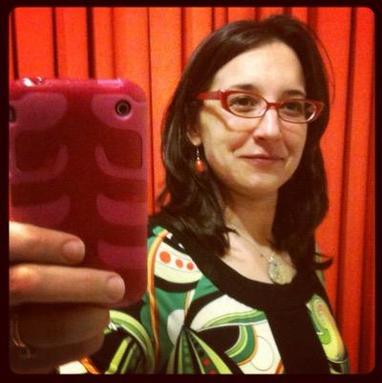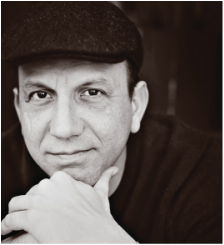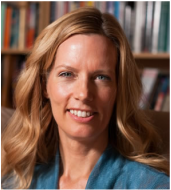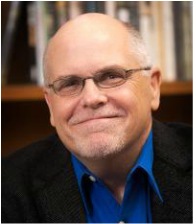NonfictioNow 2015, Flagstaff, Arizona
Hydra-Headed Memoirs & Well-Connected Essays:
Negotiating Your Book-length, NonFiction Thing
|
Sonya Huber
Sonya Huber is the author of two books of creative nonfiction, Opa Nobody (2008) and Cover Me: A Health Insurance Memoir (2010), and a textbook, The Backwards Research Guide for Writers (2011). She teaches at Fairfield University and directs Fairfield’s Low-Residency MFA Program. More info at www.sonyahuber.com. |
Steven Church
Tarn Wilson
|
Joe Mackall
Steven Harvey
|
Sonya Huber
|




